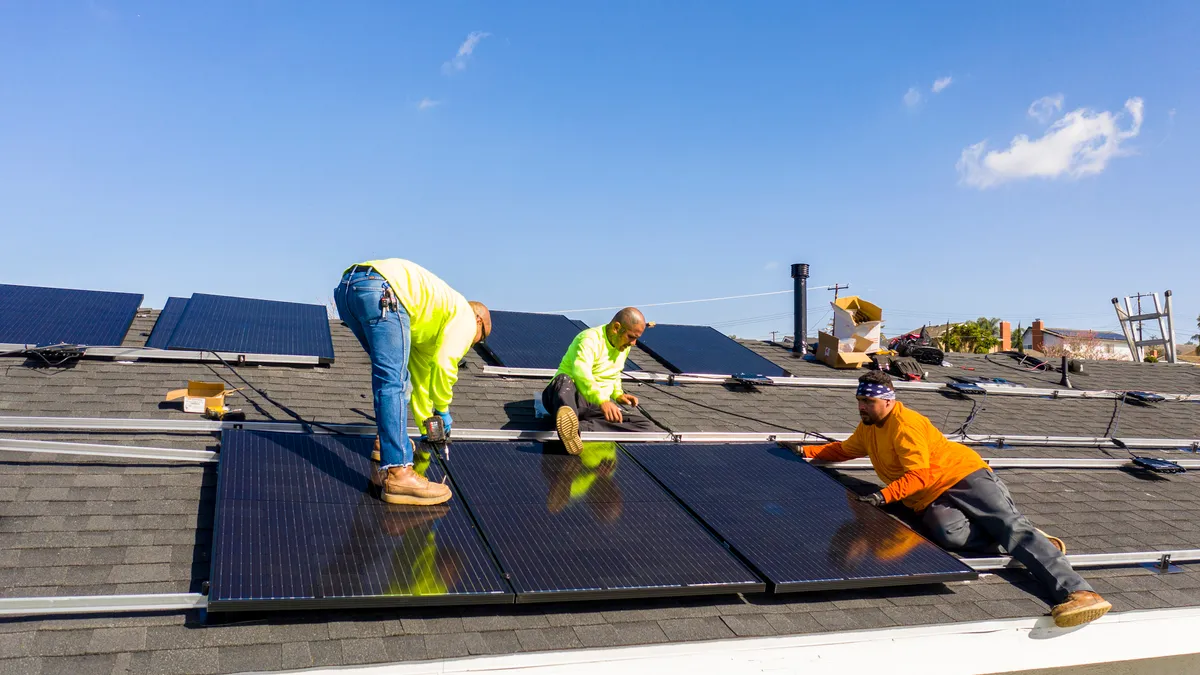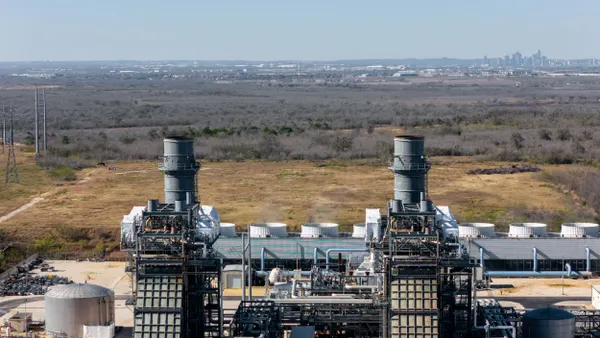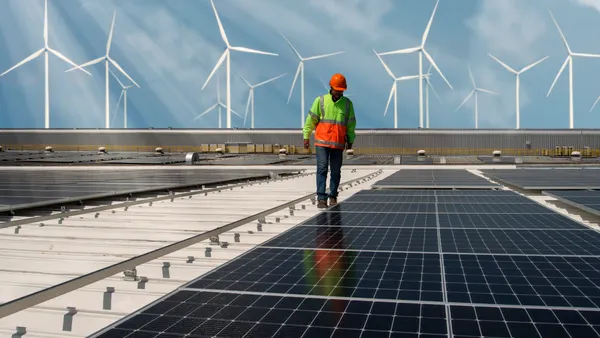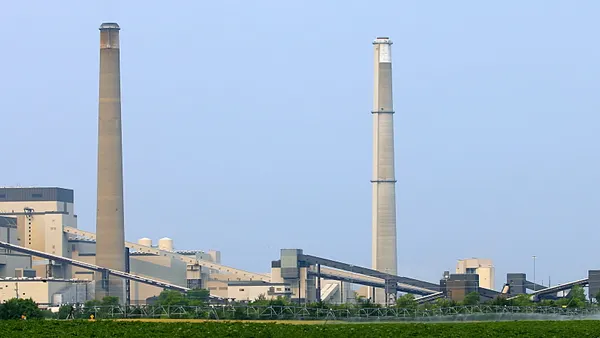Dive Brief:
-
The Washington Utilities and Transportation Commission (UTC) on Wednesday adopted rules regulating community solar entities outside of the electric utilities that provide those programs.
-
The rules require "company registration, consumer protections, records keeping and reporting," and were adopted by the commission based on SB 5939, which directed the commission to establish these rules, "similar to guidelines for other regulated industries" in Washington, Kate Griffith, UTC spokesperson told Utility Dive.
-
Some community solar advocates have raised concerns that these rules would inhibit smaller entities from pursuing community solar projects, filing joint comments when they were proposed in August. The commission responded to the comments in its ruling, saying they did "not find the proposed rules to be unduly burdensome."
Dive Insight:
Community solar has emerged as a way to provide equitable renewables access, growing state-by-state as renewables become more affordable and attractive to low-to-moderate income communities. The method could supply 1.7%-2.6% of all electricity in the U.S. by 2030 if all states were to embrace policy-enabled community solar markets, according to a report released in July by GTM research.
Washington established one of the first community solar incentive programs in the country, according to Jaimes Valdez, policy manager at Spark NW, one of the three organizations that filed the joint comments. However, he said, Washington's community solar incentives are "very different" from similar state programs.
The state's incentives operate on a limited-term basis, paid out annually, meaning that it's a financial incentive "intended to recover part of the cost of the system rather than a relationship between the utility and the customer on an ongoing basis," he told Utility Dive.
The state caps its incentive program at $110 million and is close to that limit, according to a program update by Washington State University's Renewable Energy Incentive Program. The number of projects actually seeking those incentives is likely higher than what's shown on the site because customers are only able to apply after they've completed the installation, so the incentive program is close to its cap this year, Valdez noted.
Spark NW, along with NW Energy Coalition and Solar Installers of Washington, fears that the new regulations may prevent smaller entities, such as affordable housing groups or nonprofits, from clearing the layers of red tape needed to apply.
Some of the restrictions are not consistent with what is needed for an "effective program rollout," Valdez said, adding that "in general, the purpose of community solar is to broaden more equitable participation."
Because utilities are exempt from these restrictions, Spark NW argues, housing agencies, especially affordable housing providers, should be exempt as well, because they often don't have the capacity to go through the regulatory filings. Additionally, those housing providers have preexisting relations with their customers who are interested in such programs as a way to lower their electric bills.
The UTC did not incorporate these requests in their ruling, however, because they "varied from statute," according to UTC's Griffith.
"The commission has only the authority granted by the Legislature, and the rules adopted this week track requirements in the statute and the commission's processes for protecting the consumers of all industries it regulates," she told Utility Dive via email.
SB 5939, which mandated the UTC's action, directs that community solar projects be no larger than 1 MW and shared by no fewer than 10 customers. It also encourages transparency and rationality in a utility or nonprofit's application of these fees.
In this way, the regulation comes from a place of concern over consumer protections and against for-profit entities entering the market and "overpromising the benefits of community solar to potential customers," Valdez said.
However, "especially the housing agencies that are trying to develop community solar are overly burdened by incentives intended to apply to larger companies that are more sophisticated," he added. "We hope there can be a longer term view of what community solar means outside of this incentive program and ways for people to actively participate in a renewable energy future … including communities of color that haven't traditionally been able to access that solar."
Correction: An earlier version of this story incorrectly stated the state's cap was $100 million per year. The cap is $110 million over the course of the whole program.














